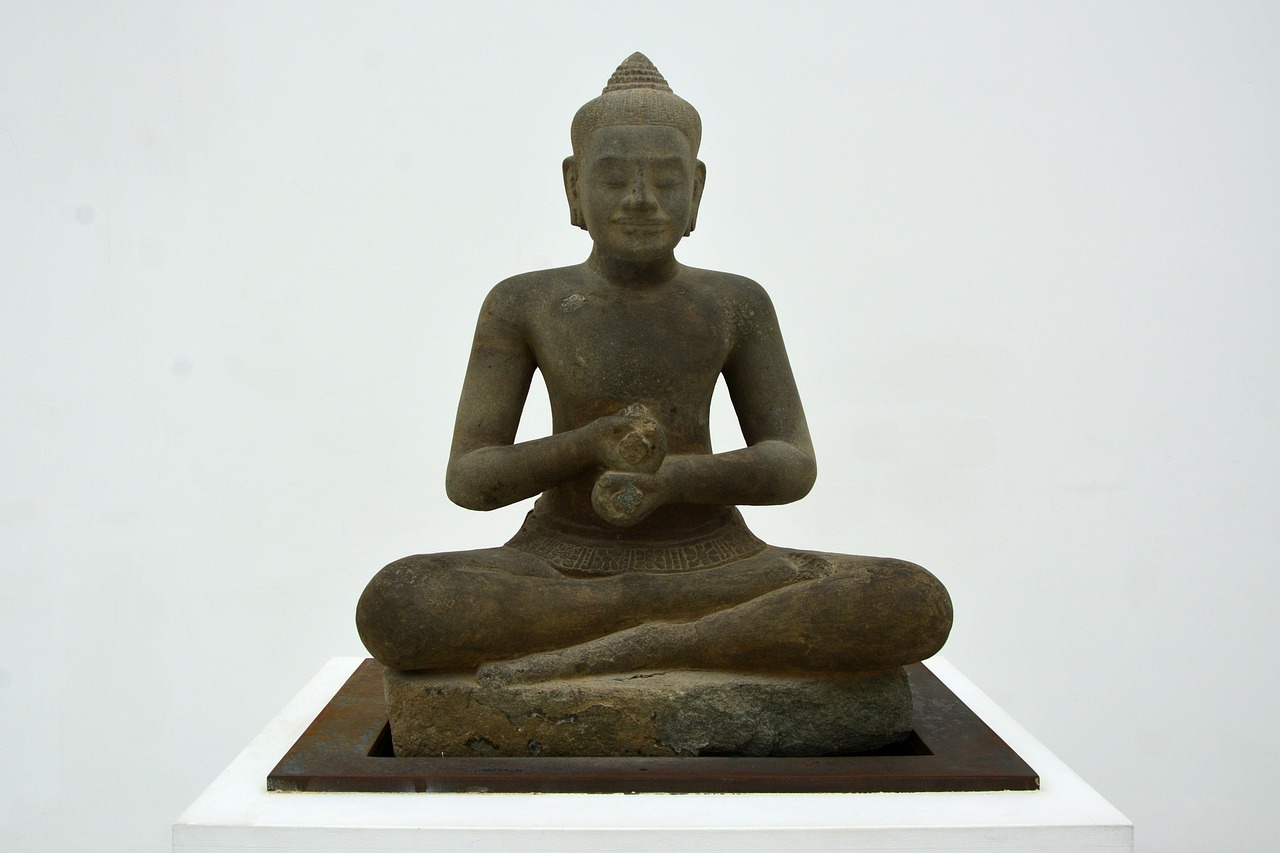The Metropolitan Museum of Art houses an extensive collection of ancient Egyptian art, totaling around 26,000 items rich in artistic, historical, and cultural significance, ranging from the Paleolithic era to the Roman period (approximately 300,000 B.C. to the 4th century A.D.).
Artifacts and Culture
The collection serves as a testament to the diverse aspects of Egyptian civilization, showcasing items that vary from everyday objects to revered religious artifacts. Highlights include intricate jewelry, utilitarian items, and representations of deities in various artistic forms, all embodying the sophisticated craftsmanship of ancient Egypt.
Among the notable artifacts is a string of eye beads from the Late Period (600–200 B.C.) and a stunning inlay featuring a sema tawy design from the Ptolemaic to Roman periods (100 B.C. to 100 A.D.). These pieces offer insight into the aesthetic principles cherished by ancient Egyptians and the symbolic meanings encoded within their designs.
Notable Writings
There are also artistic depictions relating to significant figures in Egyptian lore. For example, “The Goddess Nekhbet” from the Temple of Hatshepsut represents a prominent deity of the ancient pantheon, while another piece, a drinking cup from the New Kingdom (circa 1479–1425 B.C.), exemplifies the elegance of design during the reign of Thutmose III.
Using motifs found in historical artifacts, modern interpretations have reshaped these inspirations into contemporary items like decorative pillows and throws. Each new piece draws from ancient design—an elaborate collar from the Tomb of Wah inspires a modern-day interpretation that emphasizes the unique beadwork of its ancient counterpart.
Ancient Textiles and Iconography
The textiles inspired by Egyptian motifs reflect the influence of burial practices and the significance of fabric in funerary contexts. Fabrics inspired by the iconic papyrus plant and reed have been crafted into coordinating designs, echoing the textures and colors found in traditional artifacts.
Furthermore, the color palettes sourced from ancient faience pieces, like the “Horus of Gold” inlay from the 4th century B.C., continue to manifest in modern textiles. These fabrics not only reveal the transformative nature of Egyptian artistry but also serve as a cultural bridge linking ancient customs with contemporary expressions.
The collection at The Met is more than just a compendium of objects; it is a vivid chronicle of a civilization that has profoundly influenced subsequent cultures. The artifacts allow visitors to appreciate the depth of ancient Egyptian innovation and its lasting legacy.
Conclusion
Through its dedication to preserving and showcasing these works, The Met fosters an understanding of the rich history of ancient Egypt, inspiring awe and respect for a civilization that thrived thousands of years ago.



